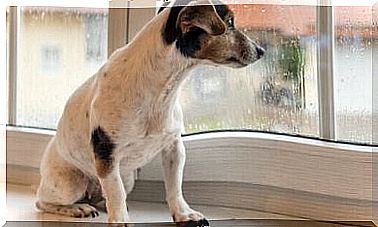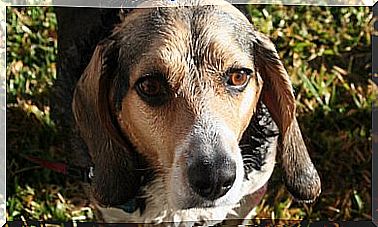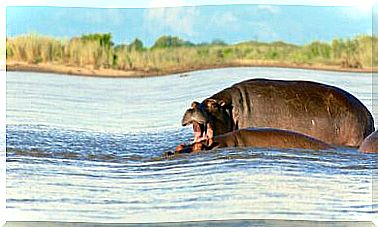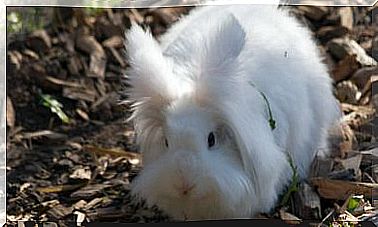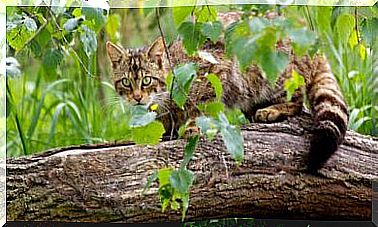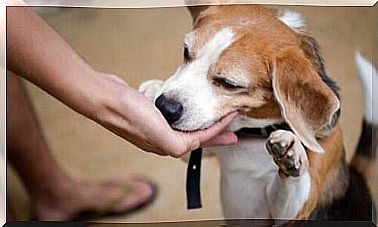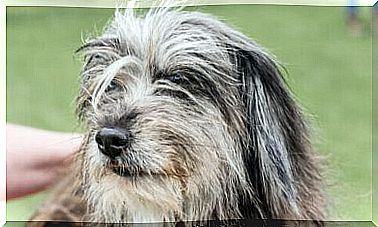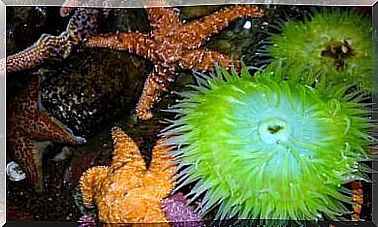The False Myths Created By Cartoons About Animals
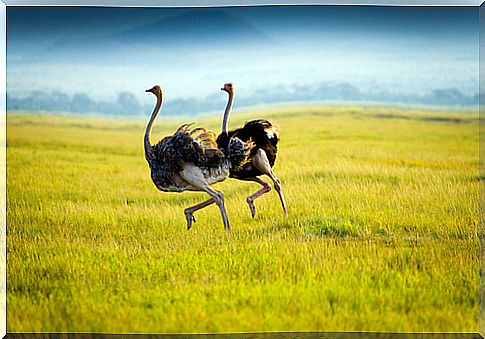
Over the years, we learn various things about the nutrition, behavior and constitution of animals which then turn out to be false myths. Most of these beliefs have been spread through different media, such as comics, movies, series, etc. We want to tell you below about some false myths related to animals that have been spread by cartoons.
Ostriches are cowards and in the face of danger they hide their heads in the ground
Ostriches are far from cowardly: with their height (they can reach three meters) and their weight (which is around one hundred and eighty kilos), these animals represent the largest and heaviest breed of birds on earth. They are formidable rivals for any predator thanks to a real well-developed defensive arsenal that includes powerful musculature, an imposing size, a speed capable of reaching ninety kilometers per hour and such strength in the legs that it can knock out a lion with only one football.
Ostriches also use their legs to dig the earth in search of food, in fact they are very territorial animals, as well as excellent parents who fiercely protect their young as well as their eggs; therefore it is very likely that, in front of a dangerous situation, the ostrich starts running at full speed or attacks with powerful paws.
Mice are crazy about cheese
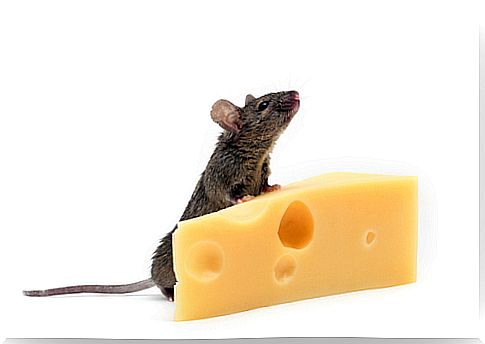
Probably the most common lie from caricatures and movies is that mice are crazy about cheese, which is why they would be willing to do anything to get their paws on a small piece of this delicious treat. Yet the truth is that mice don’t like cheese at all, on the contrary: this animal has such a sensitive sense of smell that the smell of some cheeses is absolutely unbearable.
However, this is a long-standing false myth, even prior to caricatures: it is said that in ancient times people stored grain, salted meat and cheese in cellars, but while the meat and grain were collected tightly closed, the cheese needed to take air, thus remaining more exposed and easily attacked by a hungry mouse who, if necessary, would have been willing to eat anything, even going so far as to bite people in order to eat their meat.
Bulls get hot when they see the color red
Are you afraid that, during a walk in the countryside in your fiery red shirt, you will come face to face with a bull and have to run to escape its fury? Although being surprised by a bull is a frightening experience – some specimens reach the ton – the truth is that you will not be in any danger, unless the animal feels threatened by your presence, precisely because it is not there. it is nothing in the color of your clothing that could make him lose his mind. The reason for this is that bulls, like dogs and unlike cats, lack the visual cells present in the retina (rods) that allow them to differentiate colors, which makes them more sensitive to movement.
The coyote is slow
For fans of the adventures of the evil and hapless coyote and the fast roadrunner (the famous Beep beep so to speak), it will be a hard blow to discover that in reality coyotes are much faster than these birds. During the escape, the maximum speed that a roadrunner can reach is 32 km / h, a rather poor result if we calculate that the average speed that coyotes can reach is 69 km / h. the coyote used all that crazy equipment provided by ACME, although in fact the cartoon series wouldn’t have lasted that long and wasn’t even that much fun.
Rabbits love carrots
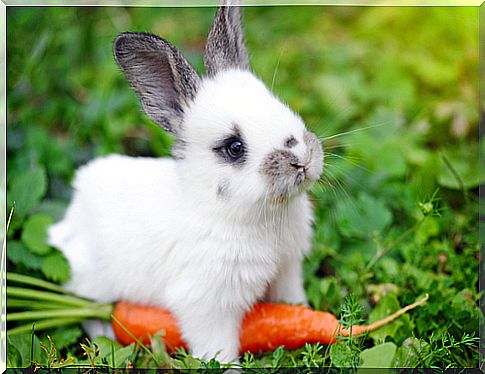
Another fairly common myth from Warner Bros. is that rabbits are crazy about carrots: it’s not entirely false. However, there is no vegetable that the rabbit absolutely prefers : rabbits really like vegetables in general, although when it comes to preferences, they usually choose green leafy vegetables rather than carrots.
Dog and cat cannot live
This statement has some truth, even if it has to do with a behavior problem rather than an exasperated hatred. A dog or cat not used to socializing will not get along with any other animal because it has not learned to contain its hunting instinct, but it is absolutely possible, and even frequent, to see dogs and cats getting along and sharing. the same space.
